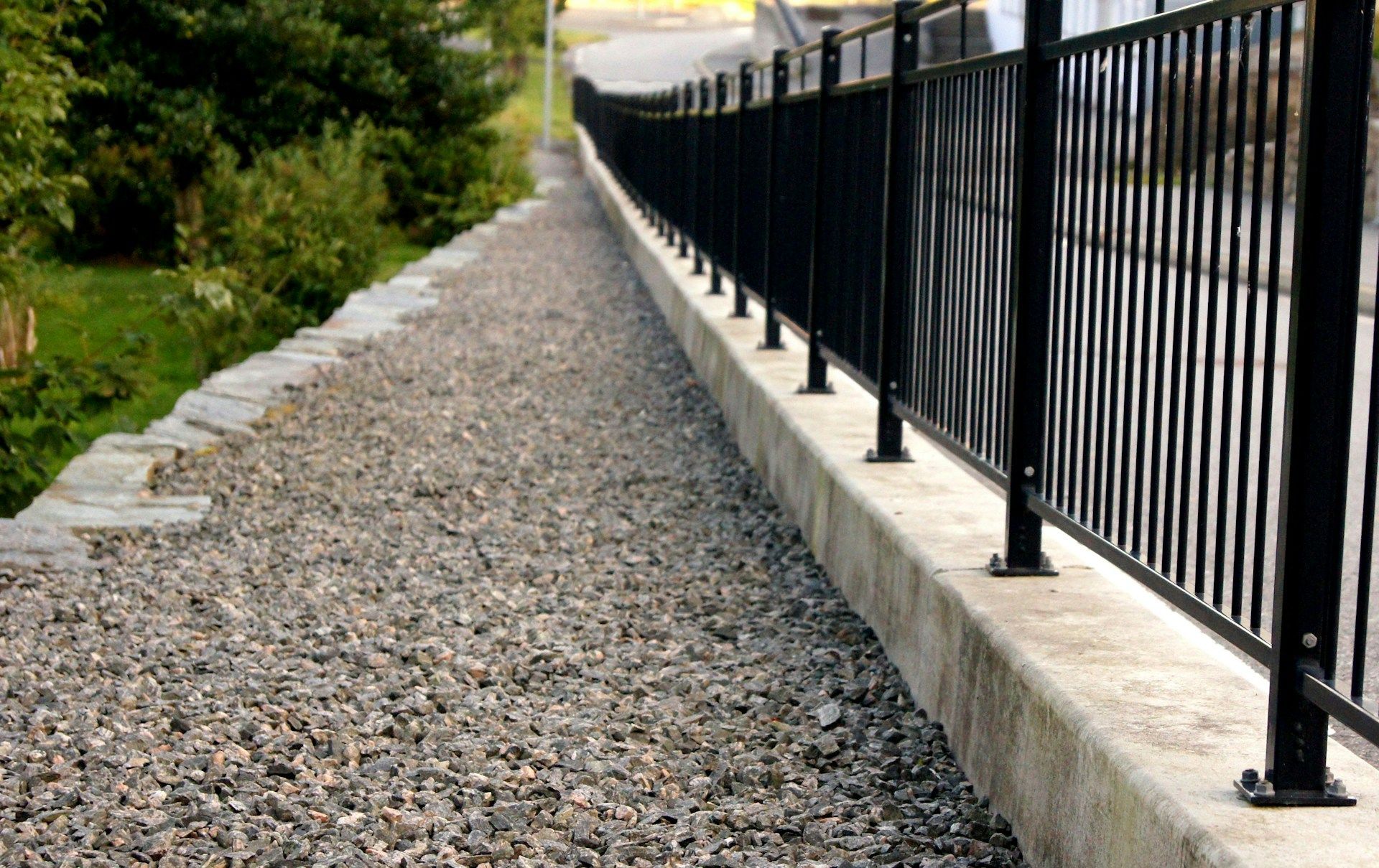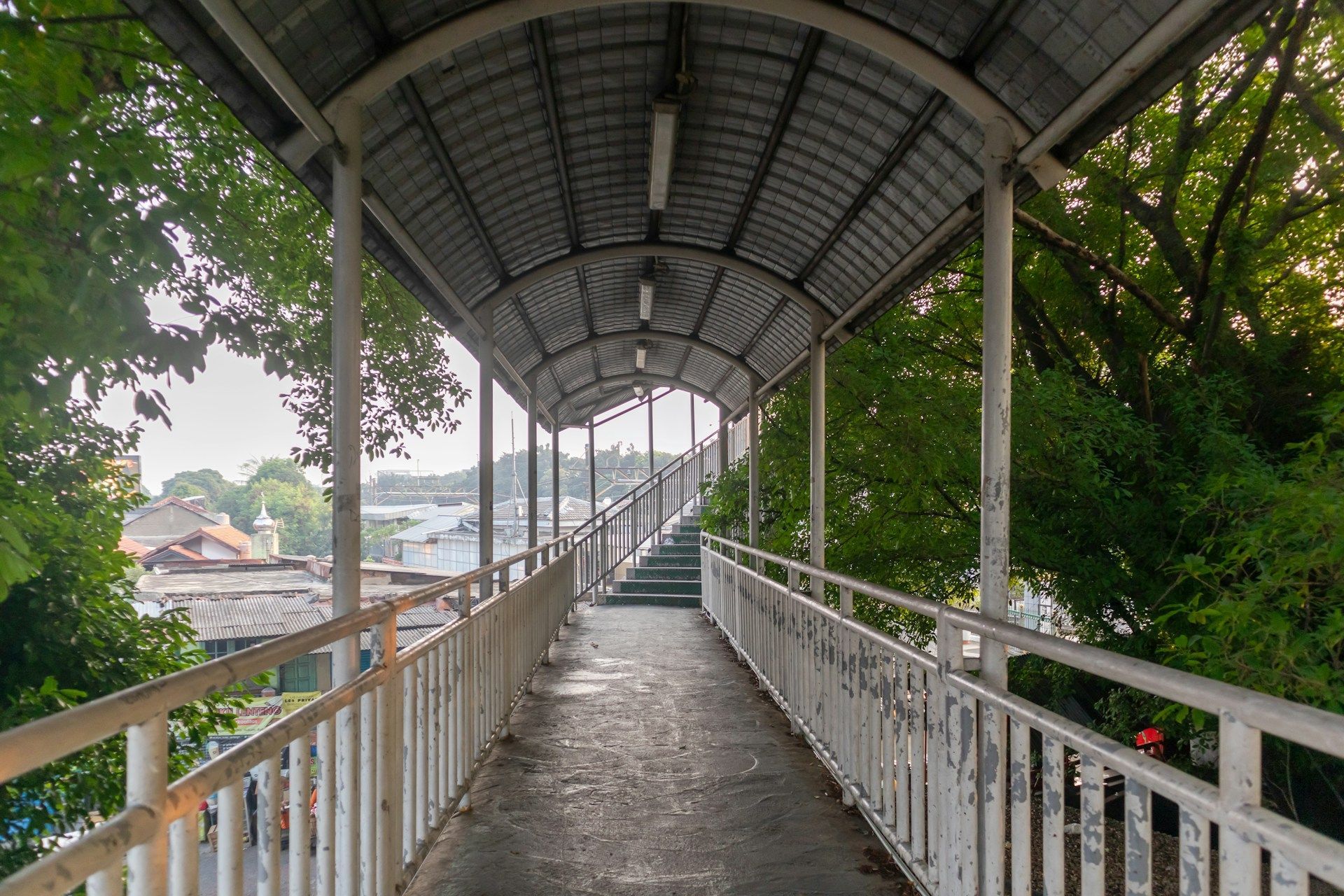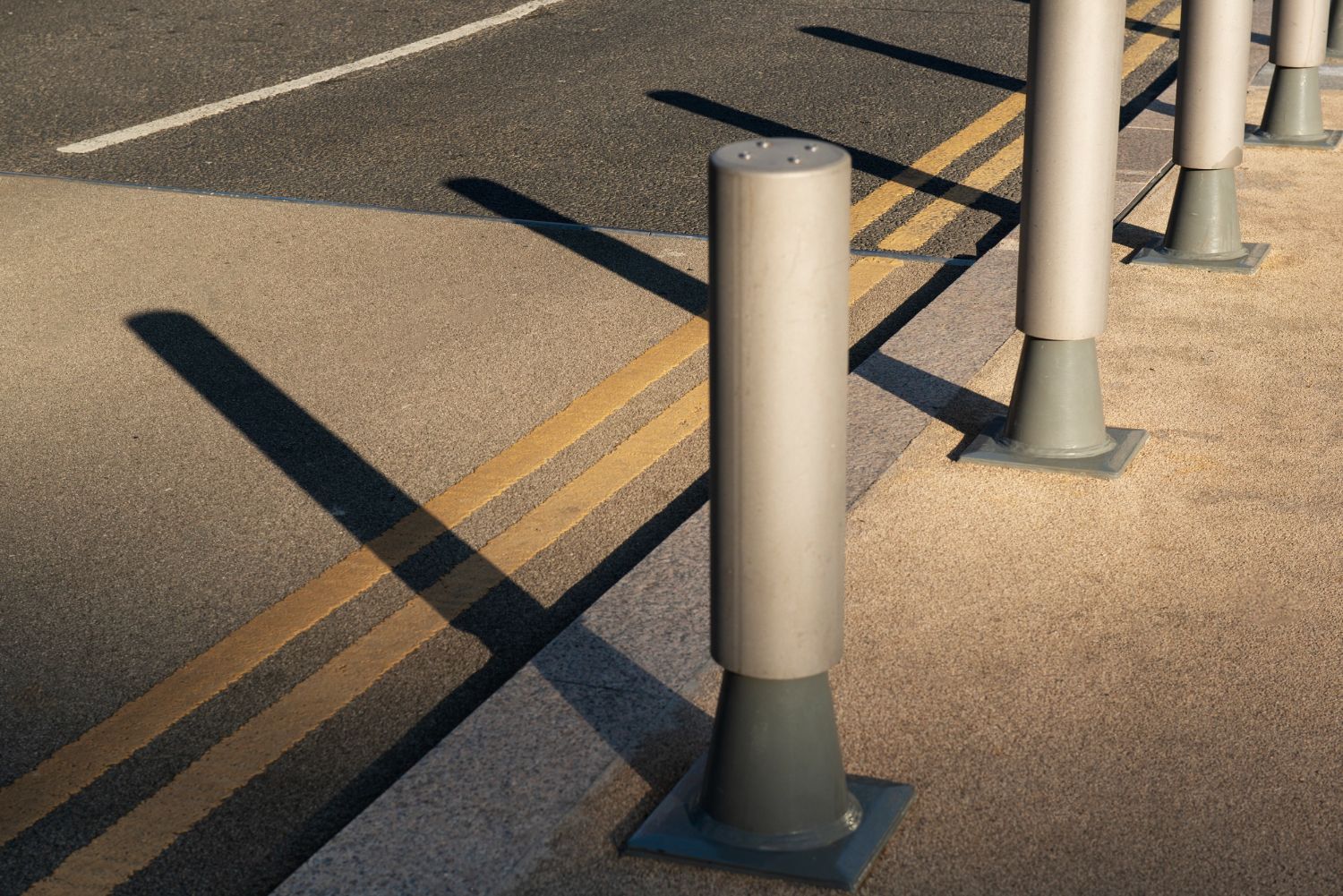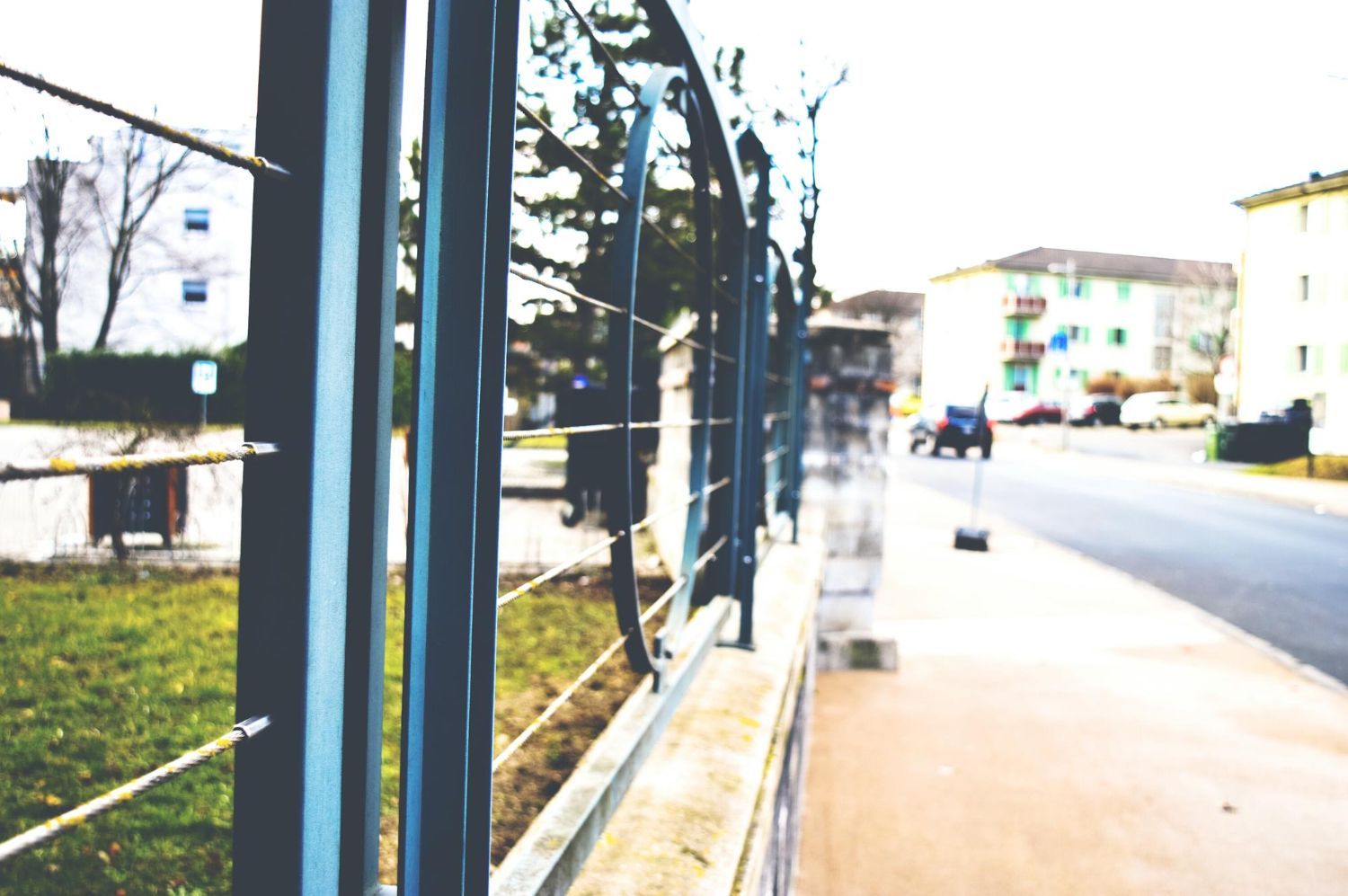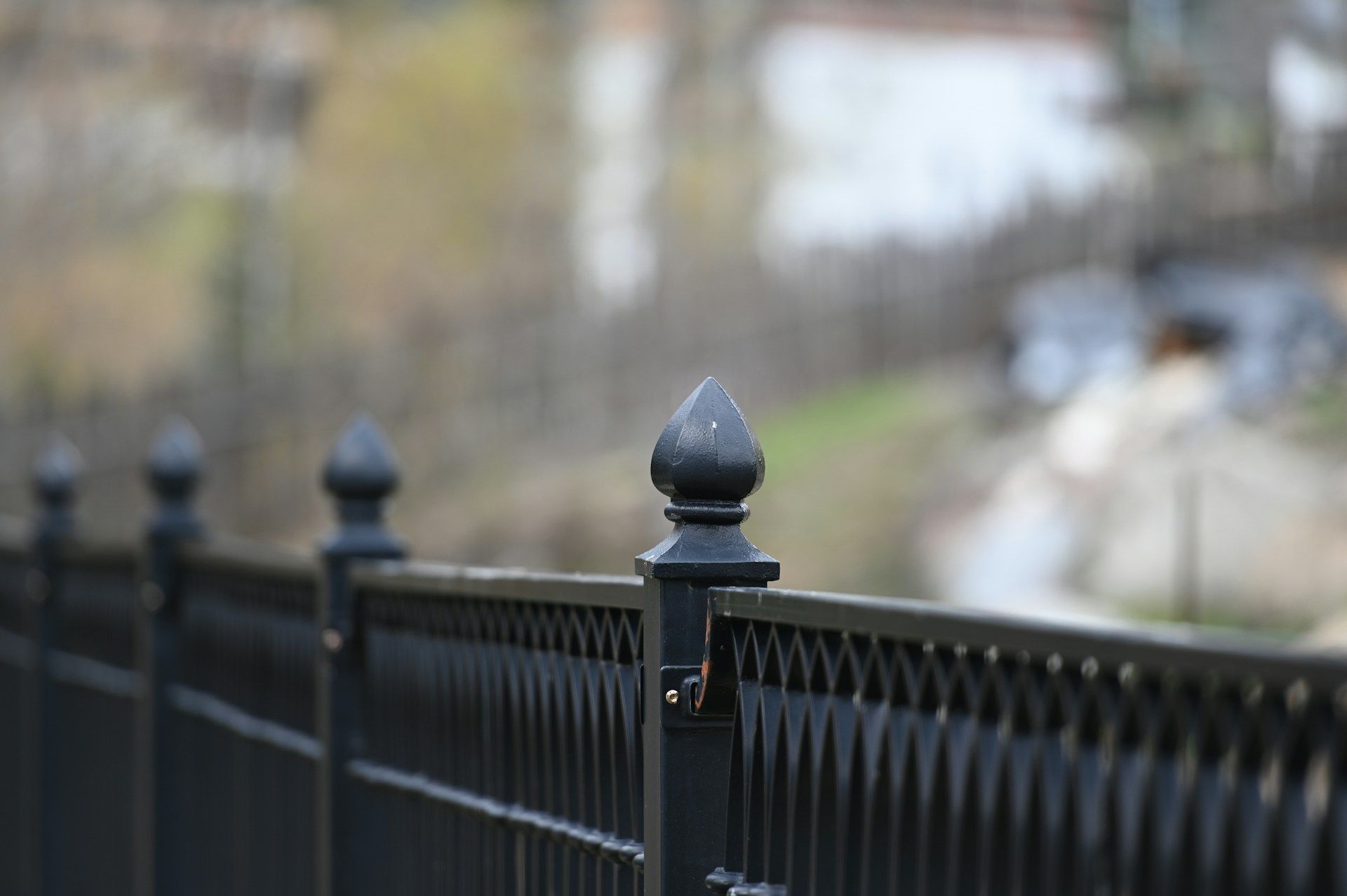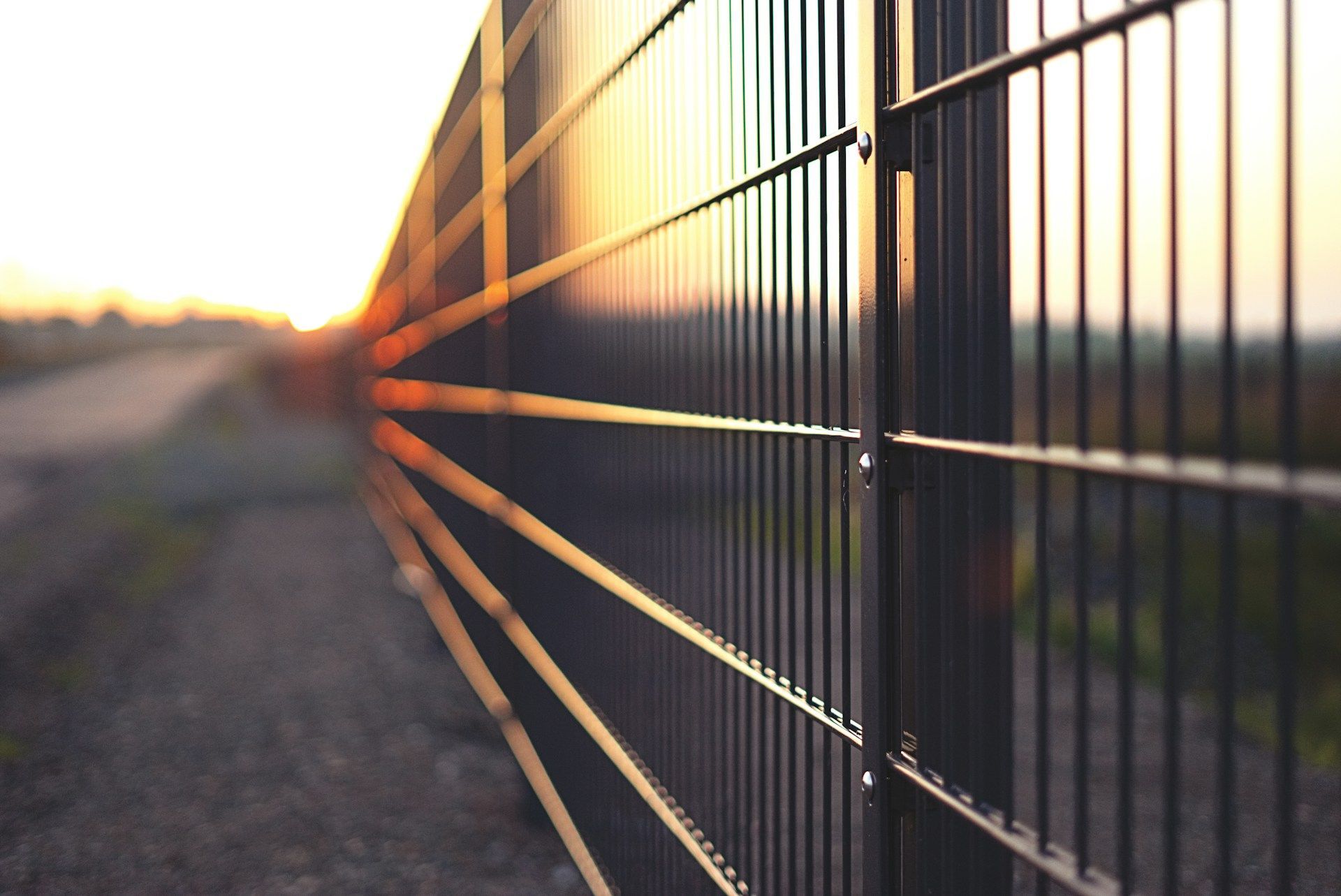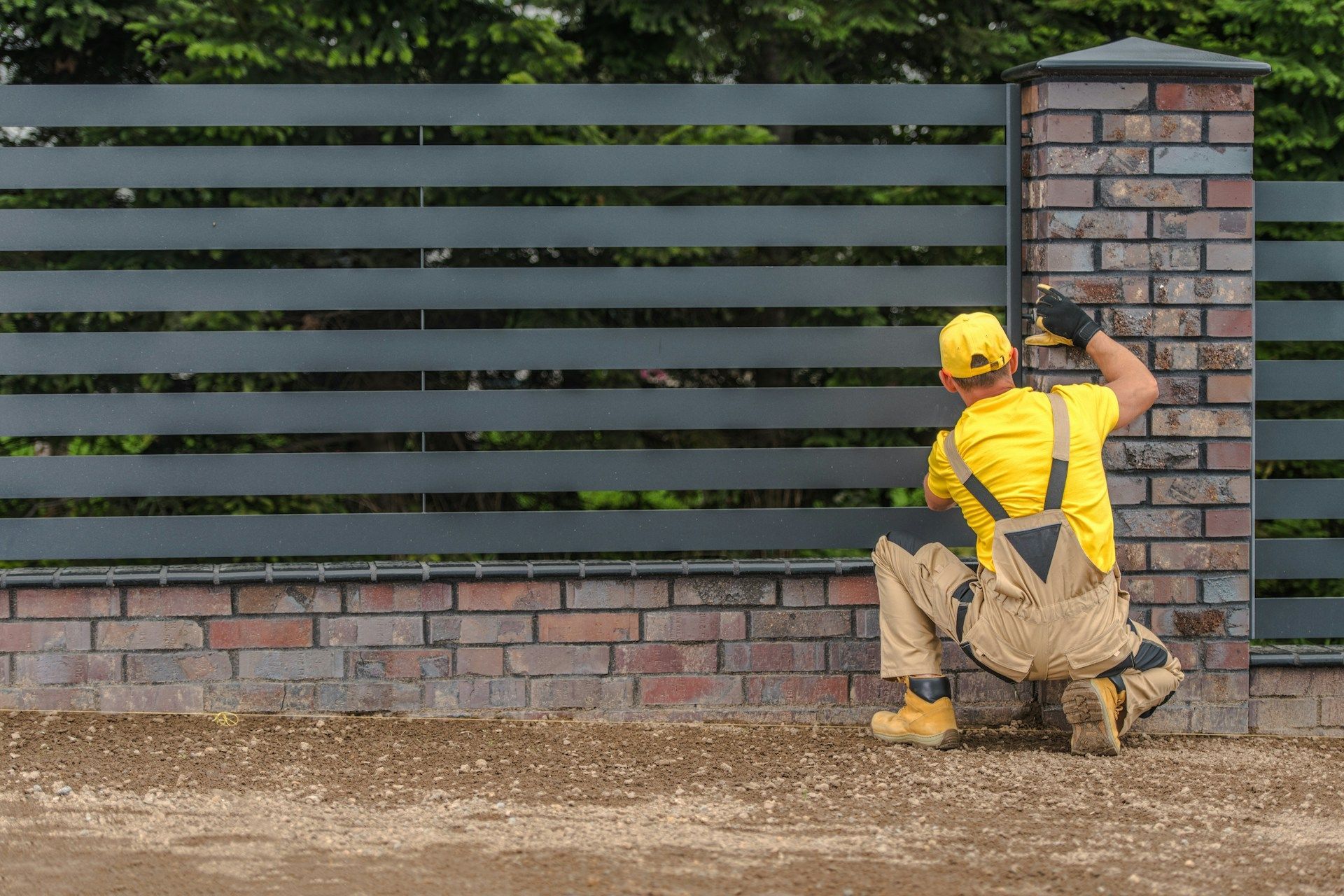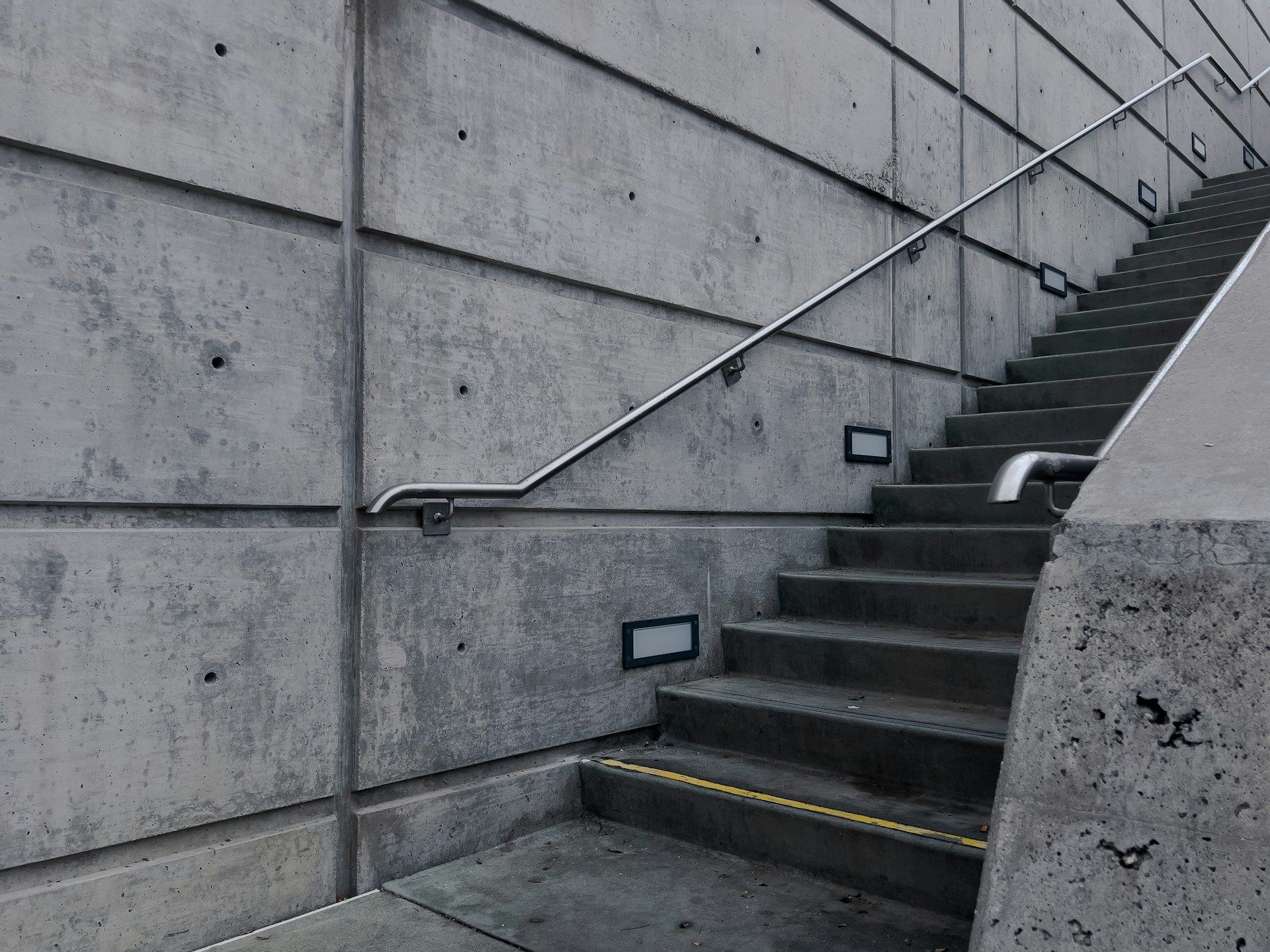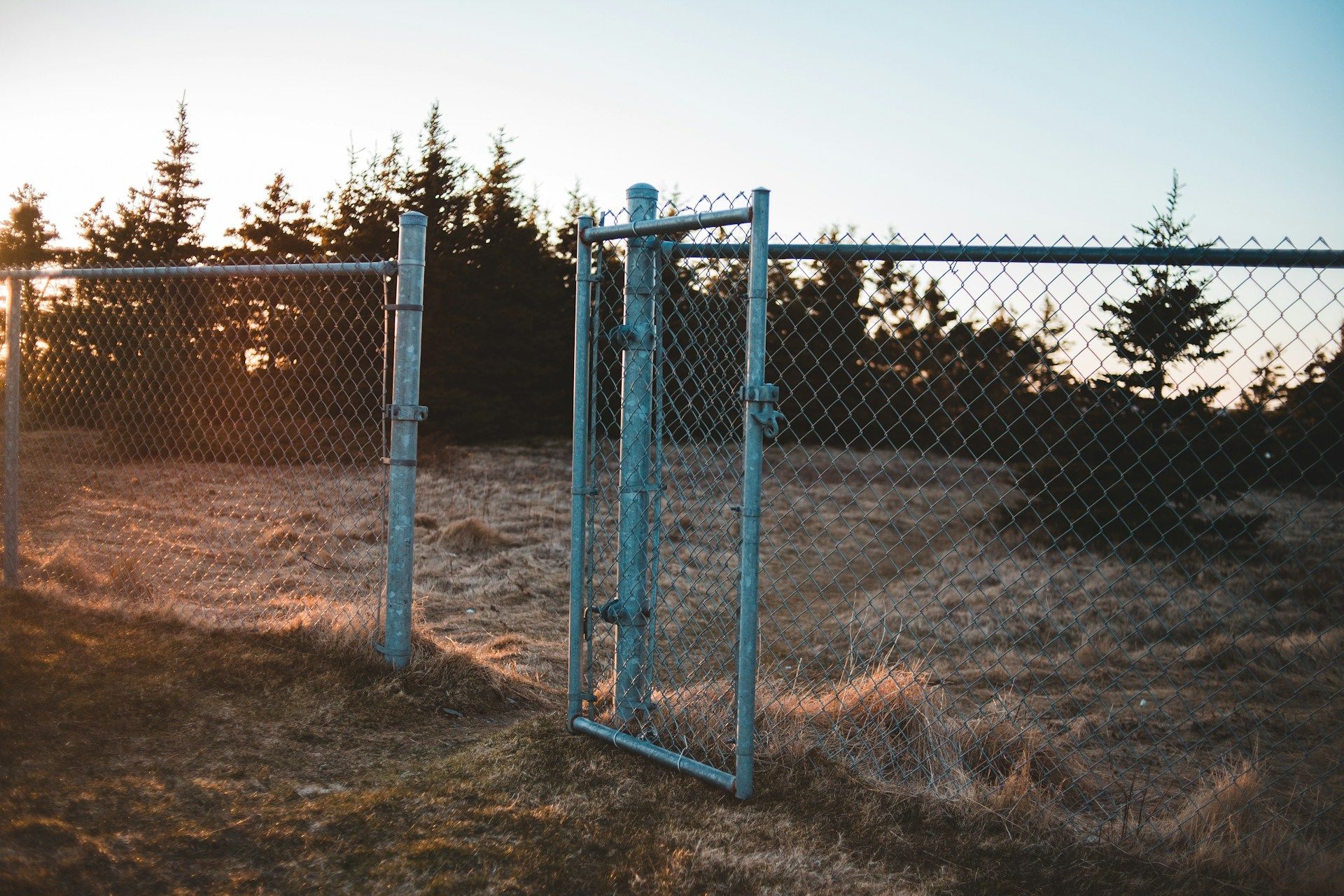Common Problems with Temporary Fencing and How to Solve Them
Temporary fencing serves an important function for many commercial and industrial sites. Whether for construction projects, events, or other short-term needs, this type of fencing provides a flexible solution to demarcate areas, ensure safety, and regulate access. But like any temporary measure, it comes with its unique set of challenges that businesses frequently encounter. Understanding these issues not only helps prevent setbacks but also ensures that operations run smoothly.
In this discussion, we'll explore some common problems with temporary fencing and the ways to tackle them effectively. By addressing issues like stability, damage, and security, businesses can make more informed decisions and get the most out of their temporary setups.
Poor Stability and Security
One of the main concerns with temporary fencing is its stability. Fences that sway or topple over pose a significant risk to security and safety. Several factors can contribute to this instability, including weather conditions like strong winds or the use of lightweight materials. A wobbly fence not only looks unprofessional but can also lead to potential accidents or trespass issues.
To address these challenges, you might consider the following solutions:
- Use of base weights: Adding heavier base weights can anchor the fence more securely, preventing it from falling or shifting.
- Bracing techniques: Introducing diagonal bracing provides extra support, which can be particularly helpful in high-wind areas.
In addition to these solutions, selecting the right type of fence panels plays a crucial role in ensuring stability. Opt for panels designed for temporary use that are both durable and sturdy. This choice will minimize the likelihood of problems down the line and maintain the integrity of the fenced area.
Damage and Wear
Temporary fencing often faces issues related to damage and wear due to continuous exposure and handling. Weather conditions such as rain, snow, or excessive sun can wear down materials, while frequent installation and removal can also lead to deterioration. This wear and tear can compromise the fence's effectiveness and might even require replacements.
To tackle this, businesses should:
- Choose durable materials: Opt for high-quality materials that are designed to withstand outdoor conditions. Metal with protective coatings can offer better longevity compared to untreated materials.
- Conduct regular inspections: Routine checks can identify issues early, allowing for timely repairs and minimizing interruption to your operations.
Quickly addressing damage is also key. Whether it's tightening loose panels or replacing sections that have been compromised, prompt action ensures that the temporary fencing continues to provide the necessary security and functionality. Keeping a maintenance checklist handy can help in conducting regular checks and prompt repairs.
Inadequate Coverage
Sometimes, temporary fencing doesn't fully cover the intended area, leading to gaps and exposure that can compromise safety and control. This can occur due to incorrect placement or simply not having enough fencing materials. In commercial and industrial settings, the lack of proper coverage can result in unauthorized access or accidents.
To prevent these issues, here are some solutions:
- Planning and Measurement: Before setting up your fence, inspect the site thoroughly and measure the total area needing coverage. This preliminary step helps in determining the exact amount of fencing required.
- Extensions and Panels: If you find gaps in coverage after installation, consider acquiring additional panels or extensions. This ensures every part of your site is secure and adequately segmented.
Proper planning makes a big difference. By ensuring your fencing layout fits the landscape perfectly, you maintain control and safeguard your premises against unexpected incidents.
Unauthorized Access
Preventing unauthorized entry is a major concern when it comes to temporary fencing. The very nature of temporary setups can make them more vulnerable to intrusions or vandalism. Without proper safeguards, the risk of breaches increases significantly.
Here are some practical steps you can take:
- Locks and Security Additions: Implementing reliable locks and gate systems enhances security. Depending on the site's needs, electric locks or padlocks might be suitable options.
- Surveillance and Signage: Installing cameras or motion-activated lights near your fencing can deter unauthorized individuals. Clearly visible “No Trespassing” signs also act as substantial deterrents.
- Regular Monitoring: It’s not just about installation; continual monitoring of the fence line helps catch any potential breaches early.
Ensuring that your fencing system incorporates these measures can strengthen your overall security, reducing the likelihood of unauthorized activities on your premises.
Seasonal Considerations
Each season presents its own hurdles for temporary fencing. From spring storms to the ice of winter, changing weather can stress your fence significantly. Understanding these seasonal impacts is key to maintaining effective coverage throughout the year.
Here’s how you can prepare:
- Spring Windstorms: Reinforce fencing with additional bracing to counter strong winds associated with spring.
- Winter Snow Loads: Commercial businesses might encounter snow buildup on fences, necessitating periodic clearing to prevent collapses.
Staying ahead of these challenges means preparing your fence as weather conditions shift. This proactive approach preserves the fence's longevity and functionality, ensuring that your site remains protected regardless of the season.
Ensuring Effective Temporary Fencing Solutions
When considering temporary fencing, businesses need a comprehensive approach that addresses stability, coverage, and security. By understanding potential pitfalls and employing preventive measures, operations can continue smoothly without interruption. Routine maintenance and proactive strategies play crucial roles in extending the life and effectiveness of temporary setups.
Choosing the right fencing solution ensures your site’s security and organization. With attention to detail and proper planning, the right choices make a marked difference in the protection of your space.
When it comes to managing your site’s security and layout efficiently, having the right setup is paramount. For businesses in Clovis or Fresno needing flexible solutions, consider exploring
temporary fencing rental. This option can provide the security and adaptability you require. For expert guidance and top-notch solutions, reach out to California Commercial Fence today.

